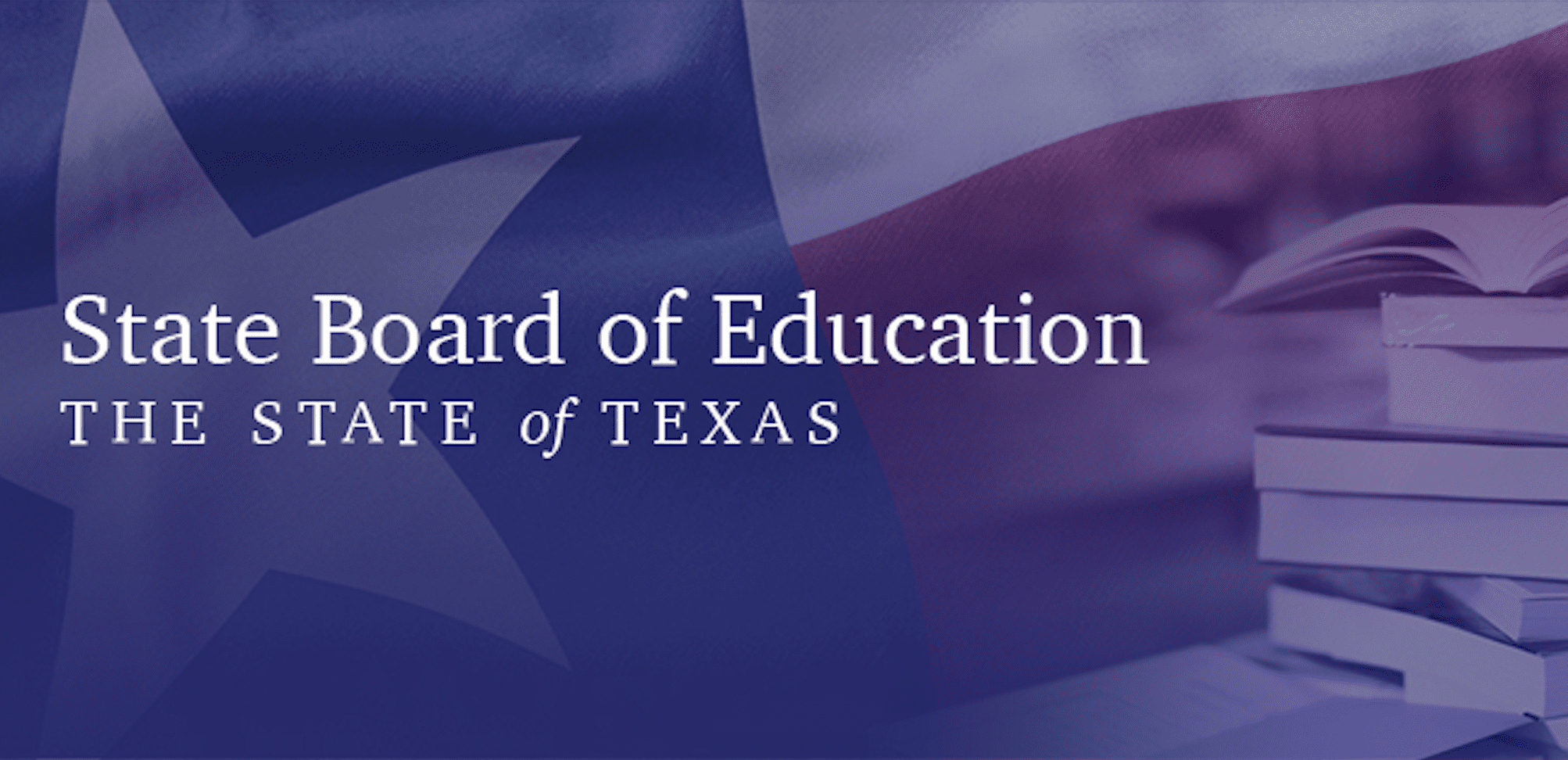Internationally, U.S. students stand in the middle of the pack on science, math, and reading scores. This, according to one of the biggest cross-national tests known as the Programme for International Student Assessment, places the American education system behind many other advanced industrial nations.
The U.S. represents the largest, most dynamic economy in the world (with a 33 percent higher GDP than second-ranked China, and four times larger than third-place Japan). Yet lagging standards in education fail to reflect this status.
Across the country, as performance declines, teacher unions resist reform and deflect blame. They’ve fought bitterly against teacher and student assessments that inform communities how well public schools are doing.
So, it should be no surprise that in a perpetually politically charged atmosphere teacher unions and administrators will bend the truth to protect the status quo, while largely blaming their failures on funding.
In 1954, Darrell Huff’s How to Lie With Statistics debuted, identifying several ways in which numbers can be manipulated to support a particular narrative. Among those techniques are biased sampling, small sample sizes, poorly chosen averages, results within standard error, use of graphs to create an impression, and others.
As teacher strikes and walkouts have made national news in recent months, teacher unions are employing strategies that seem to be drawn straight from Huff’s playbook.
A recent Wall Street Journal story highlights how unions are twisting statistics to make their case for higher pay. While Texas has yet to see similar demonstrations, educrats in the state are beating the same statistical drums. Here are two of the specific ways identified by WSJ and how they’re being used in the Lone Star State:
- Conflating school funding and state education spending. Educrats, lobbyists, and administrators criticize the state because local school district property taxes continue to rise and take a larger share in funding formulas. The picture they paint is one of decreased funding, while in truth, inflation-adjusted total spending and per-student funding is higher than it was in 2005. In the case of total spending the increase was $23.4 billion over that time.
- Using elevated spending baselines. These same critics of reform point to 2008 figures as a baseline, yet fail to disclose the $5 billion one-time federal stimulus under the American Recovery and Reinvestment Act that inflated spending that year.
Another statistical technique education bureaucrats use entails ignoring other forms of compensation. WSJ points specifically to national averages and one state example for increases in benefits. Nationally, 29 cents of every dollar of staff compensation is spent on benefits, up from 20 cents in 2000. Per-pupil spending on benefits has doubled over that time. In Arizona, the percentage of compensation going to benefits increased from 18 percent in 2000, to 24 percent according to latest figures.
How does Texas compare? Here, the state is actually below the national averages in benefits increases. The same census data shows that in 2000 Texas spent 12.9 percent of education compensation on benefits. In 2015, that percentage increased to 14.9 percent, indicating a two-percentage point increase.
Finally, the same groups employing these forms of statistical manipulation also resort to using misleading cross-state comparisons, in some cases arguing that state tax cuts led to current low-ranking compensation, when data from years before those cuts showed the same consistent rankings well beforehand.
Only a handful of policy experts in the state have a firm grasp on the intricacies of the Texas school finance system. While reform is a top priority for most legislators, meaningful changes that put the interest of students and performance first is critically dependent on a transparent and honest analysis of the problems and inequities.
Twisting statistics to serve a political rather than a policy end can only end up hurting the ones the system exists to serve.



